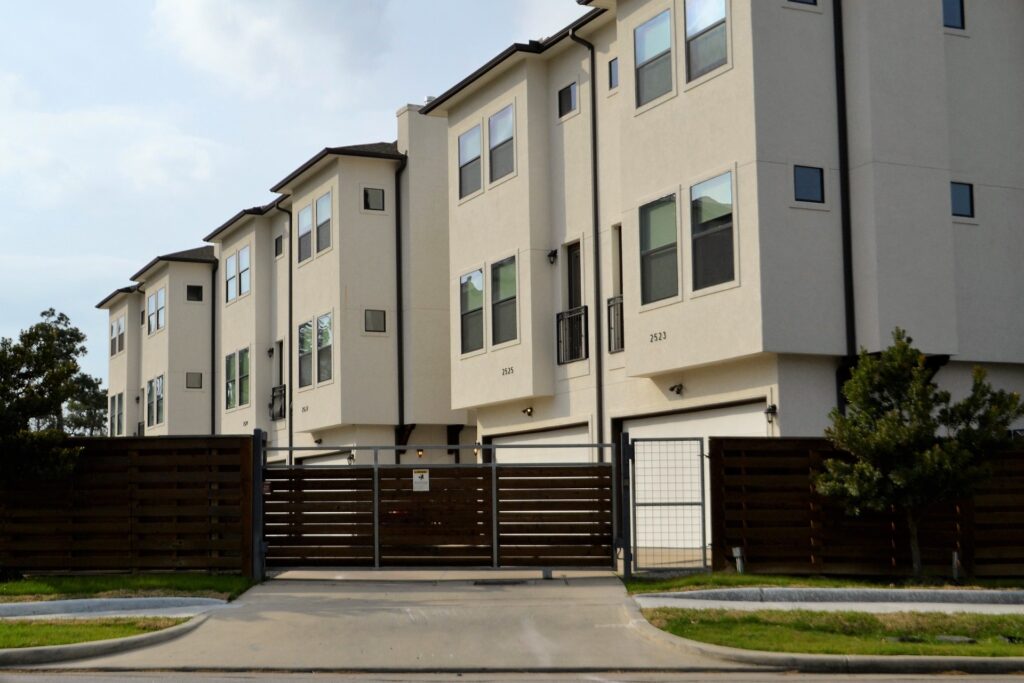
Most federally elected members of the Australian Labor Party are also landowners. This may be why they have been unable to solve the housing shortage.
In Australia, the property problem is once again the main topic of conversation. The ninth consecutive interest rate hike by the Reserve Bank of Australia can put millions of people under even more financial strain on account of their mortgages. The main piece of housing legislation pushed by the Labor administration has been halted in Parliament due to its many flaws. Then, rather uncomfortably, it came out that Prime Minister Anthony Albanese is a landlord with a multimillion-dollar property empire, undermining his working-class credentials. And this is only the month of February.
Several interconnected disasters have deteriorated the situation over the past two years. As a result of the COVID-19 pandemic, home values increased by 25%, median rent increased by 22.2%, and family debt reached all-time highs. Tens of thousands of houses have been devastated by climate change-related fires and floods, forcing many people to relocate and increasing strain on the infrastructure. The number of people sleeping outside has increased by 35% in some areas. As a result of domestic violence, more than 100,000 individuals a year now seek assistance from housing agencies.
The conclusion of this mess is not in reach. This is due in no small part to the fact that landlords, who profit from the status quo, have a disproportionate amount of power in both chambers of Parliament. The parties controlled by these landlords receive significant financial support from the real estate industry. Due to years of deliberate misinformation campaigning by politicians and their big-business supporters, many Aussies continue to incorrectly attribute the country’s housing crisis to China or to the effects of these politicians’ pro-rich policies.
In light of this gloomy situation, examining how we arrived here and why the bleak solutions being suggested right now should be shot down is important.
Landlord Supremacy
In the neoliberal period in Australia, landowners rose to power thanks largely to a plan that combined capital gains tax (CGT) and negative gearing. Capital gains are the proceeds from selling an asset, such as a residence, for more than the amount originally invested in that asset. When a landlord’s renting revenue is less than the total of their deductible expenditures (such as taxes, rates, and loan interest repayments), this is known as negative gearing.
When the CGT is low and a landlord adversely gears, the “losses” they incur aren’t really losses because their investment property’s valuation rises year over year. As a result, the owner pays less in taxes and sees an increase in earnings, which could be substantial.
The fear of a landlord strike convinced the Labor administration to bring back negative gearing in 1987. At the time, Keating acknowledged that the rent increase had no real basis in a “strike action” by landowners. But the mere threat was sufficient.
It is common knowledge in Australian politics, especially in the wake of Labor’s catastrophic results in the 2016 and 2019 federal elections, that alterations to the CGT or negative gearing will elicit a public reaction. Consequently, it’s easy to assume that most “mum and dad financiers” are ruthless tycoons.
Most landowners, however, have only one residence that they occupy permanently. There is a growing trend of people relying on their financial stability as a landlord to provide for their low-income offspring. As of 2015, “the bank of mother and dad” had officially become the country’s ninth-largest institution.








